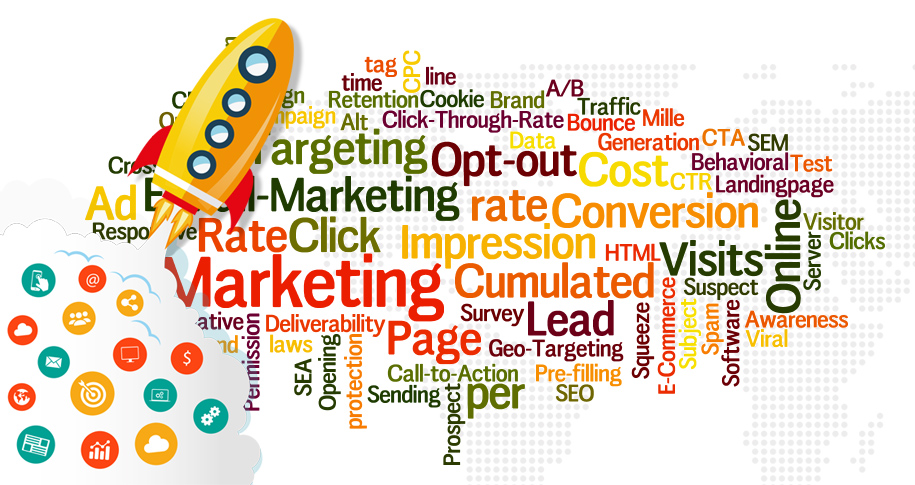What Is Interactive ContentWhat Is Interactive Content?
Interact... More?
Interactive contentWhat Is Interactive Content?
Interact... More refers to any digital content that actively engages users, encouraging participation rather than passive consumption. This includes quizzes, polls, surveys, calculators, interactive infographics, and more. By making the audience part of the experience, interactive contentWhat Is Interactive Content?
Interact... More helps create a more engaging and personalized user journey.
Why Is Interactive ContentWhat Is Interactive Content?
Interact... More Important?
- Enhanced Engagement
- Interactive contentWhat Is Interactive Content?
Interact... More grabs attention by inviting users to participate. - Unlike static content, it keeps users engaged for longer periods, improving dwell time and reducing bounce rates.
- Interactive contentWhat Is Interactive Content?
- Personalized Experiences
- Many forms of interactive contentWhat Is Interactive Content?
Interact... More, such as calculators or quizzes, provide tailored results based on user input. - PersonalizationWhat Is Personalization in Marketing?... More enhances user satisfaction and builds stronger brand connections.
- Many forms of interactive contentWhat Is Interactive Content?
- Better Data Collection
- Polls, surveys, and quizzes collect valuable user data in real-time.
- These insights can be used to refine marketing strategies and product offerings.
- Higher Sharing Potential
- Interactive elements are often more fun and shareable than traditional content.
- Social mediaDefinition
Brand awareness is the ext... More users are more likely to share quizzes or polls with their networks.
- Improved Lead GenerationWhat Is Lead Generation?
Lead generat... More- Interactive tools like assessments or calculators often encourage users to provide their contact information in exchange for results.
- This makes them effective lead-generation tools.
Types of Interactive ContentWhat Is Interactive Content?
Interact... More
- Quizzes and Surveys
- Example: “Which Marketing Strategy Suits Your Business?”
- Helps engage users while providing insights into their preferences and behaviors.
- Polls and Voting Mechanisms
- Example: A poll asking users to vote for their favorite product feature.
- Sparks discussion and engagement on social platforms.
- Interactive Videos
- Example: Choose-your-own-adventure-style videos where users decide the storyline.
- Encourages viewers to stay engaged and watch till the end.
- Calculators
- Example: ROI calculators for businesses to evaluate potential returns on marketing investments.
- Useful for offering practical value to users.
- Interactive Infographics
- Example: Visual data that changes based on user input or scrolling behavior.
- Breaks down complex information into digestible, interactive formats.
Best Practices for Creating Interactive ContentWhat Is Interactive Content?
Interact... More
- Understand Your Audience
- Focus on Value
- Ensure the content provides tangible benefits, such as useful insights or entertainment.
- Examples: A financial calculator that simplifies decision-making or a quiz that educates.
- Keep It Simple
- While interactivity is key, the user experience should remain straightforward and intuitive.
- Complicated designs may deter users from participating.
- Mobile Optimization
- Ensure your content is responsive and works seamlessly across devices.
- Many users interact with content on mobile platforms.
- Incorporate Calls-to-Action (CTAs)
- Include CTAs that guide users to the next step, whether it’s downloading a resource or signing up for updates.
Conclusion
Interactive contentWhat Is Interactive Content?
Interact... More is revolutionizing how brands engage with audiences. By encouraging participation and offering value, it creates a memorable user experience, improves engagement, and helps achieve marketing goals more effectively.
